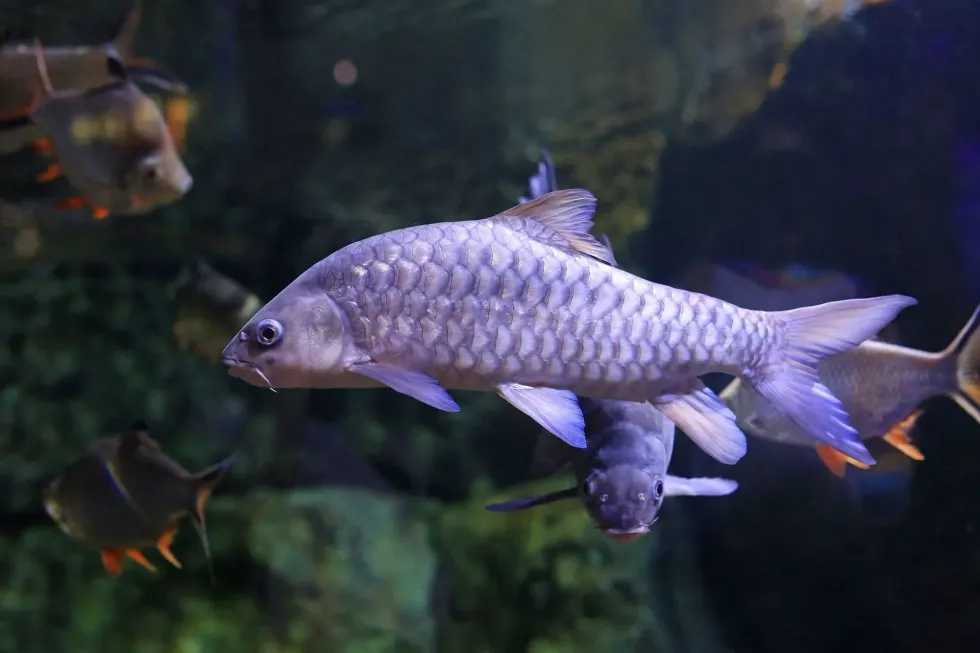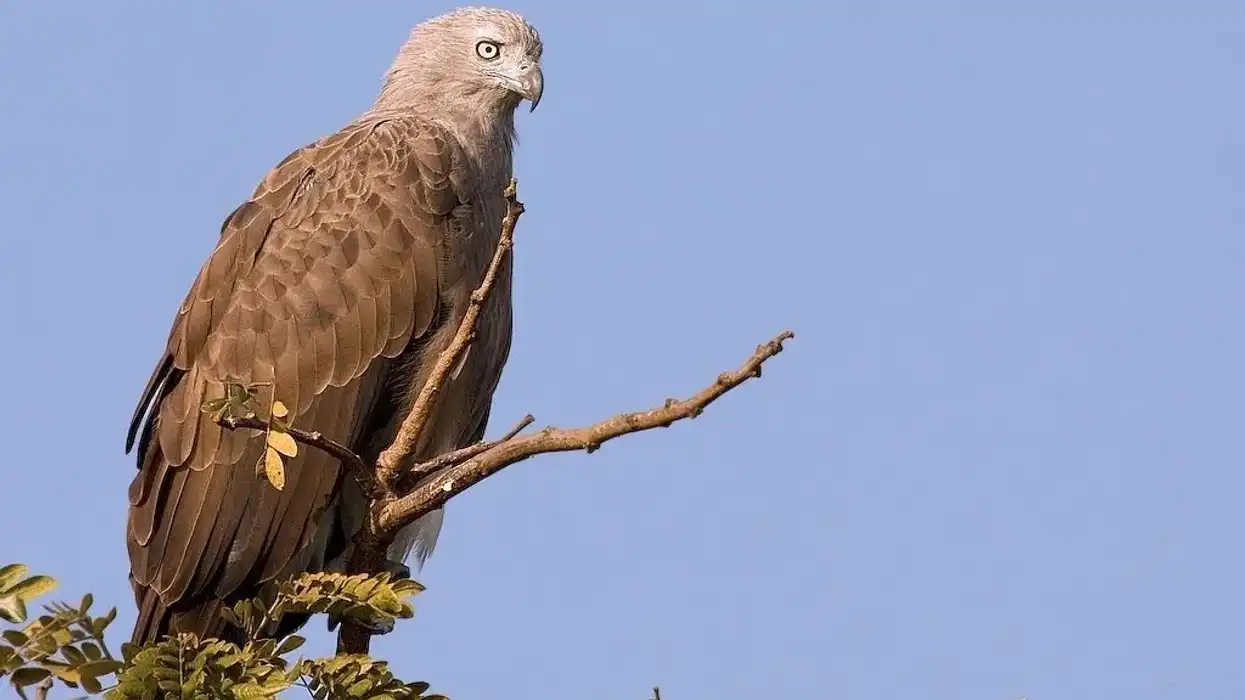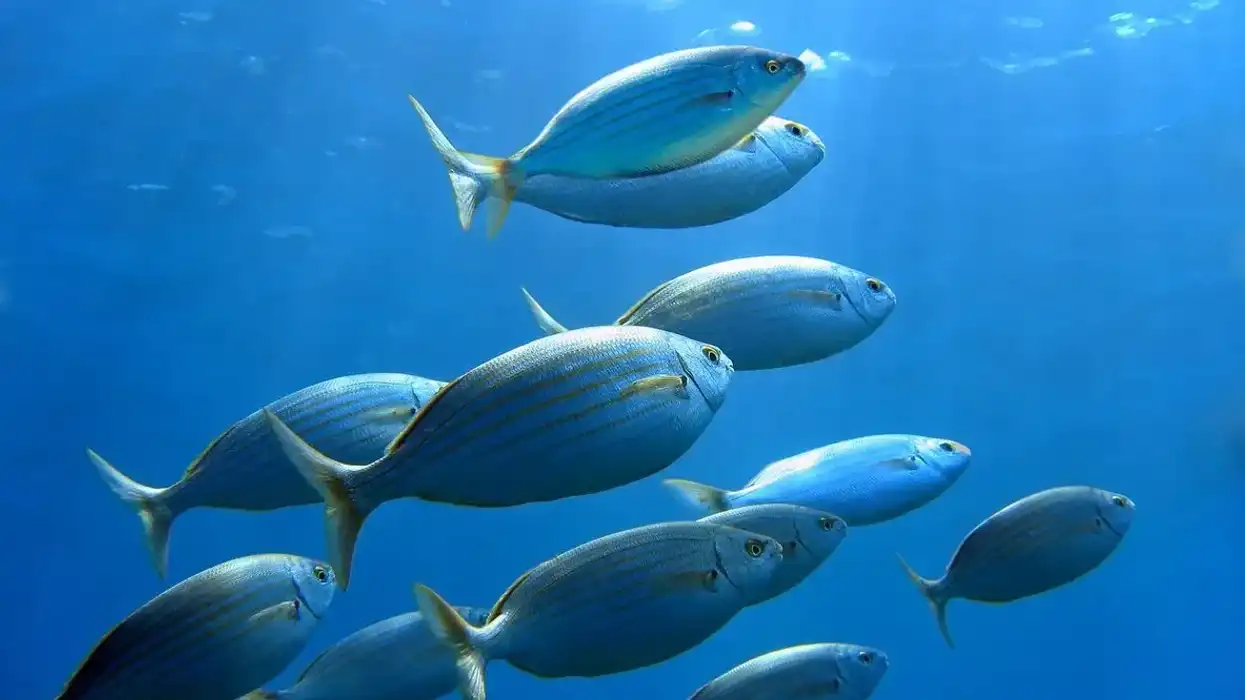Mahseer (Tor putitora and others) is the common name used for the carp family of Cyprinidae under the genera, Tor. Their name is restricted to the members of the genus and ranges in various distributions starting from Vietnam, China, Cambodia, Indonesia, Southern Asia, India, Cauvery river, and all the way to Afghanistan.
Many of the large fish species from its genus have recently seen a huge decline in the population due to overfishing, habitat loss, pollution, and other environmental causes which is one of the reasons why they are artificially bred.
The taxonomic history of the fish is quite confusing despite its continuous developing strategies for both aquaculture and the rehabilitation of the species.
They inhabit large rivers and lakes. They are omnivorous fish in nature whose diet consists of algae, insects, amphibians, crustaceans, as well as fruits.
The species was first grouped by Francis Buchanan Hamilton in 1872 along with many others. The local fish is one of the largest fish and is usually seen as a sports prize if caught as a result of which, Mahseer fishing has been banned under Mahseer conservation.
Do check out our convict cichlid facts and firemouth cichlid facts pages for more similar content.
Mahseer Fish Interesting Facts
What type of animal is a mahseer fish?
The Mahseer is a type of freshwater sport fish from the family of Cyprinidae under the animal kingdom.
What class of animal does a mahseer fish belong to?
The Mahseer belongs to the Actinopterygii class, a ray-finned class of fish, from the family Cyprinidae under the genus Tor.
How many mahseer fish are there in the world?
The Mahseer is a freshwater endangered species whose population count is unknown but is known to be declining at a rapid rate with continuous threats to its existence due to environmental problems, poaching, and human involvement. The fish has been extinct from several of its natural habitats and is only found around a few places now.
Where does a mahseer fish live?
The Mahseer is found in a range of water habitats according to recent reports. Its range of extent is spread across to Vietnam, North China, South China, Laos, Thailand, Indonesia, Cambodia, Malaysia, and across South-Asian countries like Himalayan India, Pakistan, Sri Lanka, and Afghanistan.
What is a mahseer fish's habitat?
The Mahseer's habitat consists of oxygenated water with rocky bottoms or surfaces. They are usually seen around places with clear water like the foothills of the Himalayan mountains, the Cauvery River, and Nepal. They are also seen in high-current waters with fast-flowing streams, lakes, and rivers that reach speeds of 20-25 knots. The fish loves clear high water levels.
Who do mahseer fish live with?
Mahseers prefer being by themselves in large clear river waters. However, they can be seen in pairs during the breeding season but other than that, they are usually alone.
How long does a mahseer fish live?
The average life expectancy of the Mahseer is not known but it is estimated to be within the range of 20-25 years as there have been records of the fish growing through this recorded time frame.
How do they reproduce?
The once abundantly found Mahseer has seen a decline due to illegal fishing, hunting, and habitat loss. As a result of which, artificial breeding was propagated for the conservation of the species. The process involves a few steps of manipulation of the water flow, artificial fertilization, and pituitary hormones so that the process of spawning is successful.
Usually, the spawning season begins from July-August while sometimes it begins in late September. Naturally, the male and female fish jump upstream where the high current water is flowing so that they can find a suitable breeding ground where they breed within a year and lay more than 500,000 eggs.
What is their conservation status?
The conservation status of Mahseer currently falls under the Threatened species according to the IUCN Red List. They need our immediate protection and awareness for their continuous existence.
Mahseer Fish Fun Facts
What do mahseer fish look like?

Mahseer is one of the several species of edible game fishes of Cyprinidae that is usually found in clean rivers and lakes of South Asia. The fish is a large-sized aquatic monster, one of the biggest from the carp family, and has thick scales and a powerful jaw.
The fish has very fleshy lips, sometimes protrusible, that help it to eat large amounts of food from the bottom. It can grow up to a size of 6.5 ft (2 m) with a weight of 200 lb (90 kg).
Its scales are silver or golden in color with a pointed snout and elongated body.
Their intraorbital space is flat while the jaws are equally sized. The barbels are divided into two pairs with their rostral barbel being shorter than their maxillary portion.
The body of the fish is usually silver in color while their dorsal sides are gray. They have reddish-yellow fins.
How cute are they?
If you compare a golden mahseer to any other aquarium inhabitant, such as a dwarf frog, seahorse, or tetra, then the fish comes nowhere near their cuteness radar because it is more monstrous than cute.
It has a very thick body and a bulky face so we can't exactly put them on the list of the cutest fishes in the world.
How do they communicate?
Mahseers communicate through body language by using their fins and tail. They can also interact with one another through chemical signaling, which is a more indirect way of communication.
How big is a mahseer fish?
The Mahseer can grow up to a length of 106.29 in (2.7 m) whereas as the record states, the biggest one caught so far was by the British angler Ken Laughran in the year 2012 from the district of Karnataka. The fish was 59.05 in (1.5 m) and weighed close to 132.27 lb (60 kg).
This is one of the reasons why the fish is also nicknamed, 'the tiger of the Cauvery river'.
How fast can a mahseer fish swim?
The fish is said to have a great smelling capability which helps it detect food from far-off distances. It has been recorded to swim at fast-flowing rivers, lakes, and streams with fast currents and has also been called the ultimate swimmer.
How much does a mahseer fish weigh?
The maximum weight estimated for a Mahseer is about 132.27 lb (60 kg) as caught in 2012 but the average weight can be anywhere near 132.27 lb (60 kg), making it a monstrous fish.
What are the male and female names of the species?
There are no special names given to the species according to their sex.
What would you call a baby mahseer fish?
They can be referred to as fry.
What do they eat?
The fish is omnivorous in nature and eats a variety of food, usually including algae, crustaceans, tree frogs, grasshoppers, small fish, fruits, and aquatic arthropods.
Are they dangerous?
As far as its recent decline is concerned, the one in danger is the species itself and requires our immediate attention and conservation. They are not dangerous but are the ones in danger of extinction.
Would they make a good pet?
No, being an endangered sport species and on top of that, being a large-sized fish, they would not make a good management choice for a pet.
Did you know...
This game fish is the national fish of Pakistan as it is found around the country in almost all of its semi-cold freshwater habitats and is also known as the 'King of swat'.
The national fish is also known by the name of the Himalayan mahseer or golden mahseer and is a commercially important game fish in the country, placed among other high-value specimens.
One of the best ways for fishing golden mahseer or any big powerful fish is by using the spinning method of fishing.
In this technique, you spin your anglers with bait to entice your target fish and when it bites on your bait, you pull in the anglers as fast as you can, not letting the fish have enough time to showcase its full power.
What is the meaning of mahseer?
As per the taxonomy and history, the name mahasir, mahaser, or mahasaula is used for a number of fishes or a group of fishes in the Hindi and Kumaoni language.
Several other sources say that its common name, Mahseer, has been derived from Sanskrit and the Indo-Persian words, 'Mahi' meaning fish, and 'sher', meaning tiger giving it an overall meaning of 'the tiger among fishes'.
Its other derivative names from Urdu, Punjabi, Kashmiri, Pakistani, and even Nepali, all stand for similar meanings such as big-mouthed fish, big lion, stone-like fish, golden mahseer, powerful fish, Himalayan mahseer, and other similar interpretations.
What kind of fish is mahseer?
Mahseer is a type of threatened freshwater fish from the family of carps, found in freshwater lakes, rivers, and upstream water banks. They love rocky bottoms and are never found in dirty waters as they require high-oxygenated water to survive.
Here at Kidadl, we have carefully created lots of interesting family-friendly animal facts for everyone to discover! Learn more about some other fish including salmon facts and rockmover wrasse facts for kids.
You can even occupy yourself at home by coloring in one of our free printable mahseer fish coloring pages.
Second image by Bernard DuPont.









